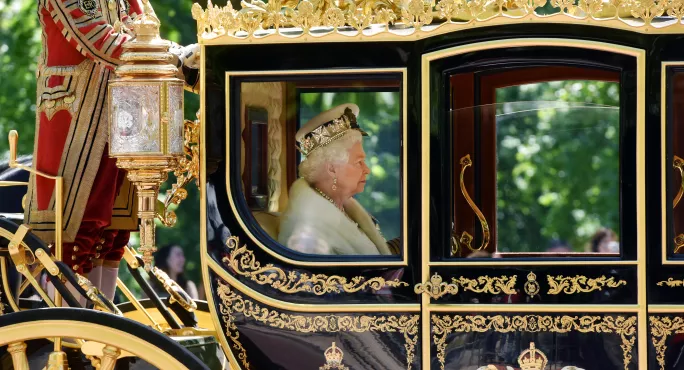The Queen today outlined the government’s priorities in a speech at today’s reopening of Parliament.
It was a speech that contained no real surprises for schools but confirmed some previously announced commitments.
The Queen said: “My ministers will ensure that all young people have access to an excellent education, unlocking their full potential and preparing them for the world of work.”
She highlighted the duty of public bodies, including schools, to work together to tackle serious violence, including knife crime.
School funding increases
And she mentioned proposals to develop internet safety, as well as the government’s priority for ensuring that all girls have access to 12 years “of quality education”, with reference to the Girls’ Education Challenge, a programme to educate girls in some of the poorest countries in the world.
Need to know: Are teachers being made ‘scapegoats’ for knife crime?
Read: Boris Johnson’s drive to set up more free schools
Equality: Michelle Obama: Attitudes to girls in education have to be challenged
The background briefing notes to the speech reaffirm government pledges on education including:
- The core schools budget will be £7.1 billion higher in 2022-23 compared with this year.
- School funding will “level up”, with minimum per-pupil funding rising to £4,000 for primary schools and to £5,000 for secondary schools “while making sure per-pupil funding for all schools can rise at least with inflation”.
- The government will move towards delivering this funding directly to schools, through a single national formula “so that it is fair and equitable for every school in the country”.
- The government will continue to expand the free schools programme “promoting choice, innovation and higher standards to kick-start wider improvement”.
- In 2020-21 school funding will increase by 5 per cent overall compared with in 2019-20 “with the lowest-funded schools seeing higher gains”.
- There will be £780 million of additional funding for complex special educational needs specifically next year, which is a 12 per cent increase.
Commenting on the briefing notes, Mary Bousted, joint-general secretary of the NEU teaching union, said “the pledges fall well short of what schools and colleges need”
The School Cuts Coalition, made up of unions including the NEU, today launched a new interactive map based on funding data released by the government on Friday.
Dr Bousted said: “Far from ‘levelling up’, this new analysis shows unambiguously that 83 per cent of schools - some 16,523 in all - will be worse off next year than they were in 2015. The average cut per pupil is £245 for a primary pupil, and £304 for a secondary pupil.”




